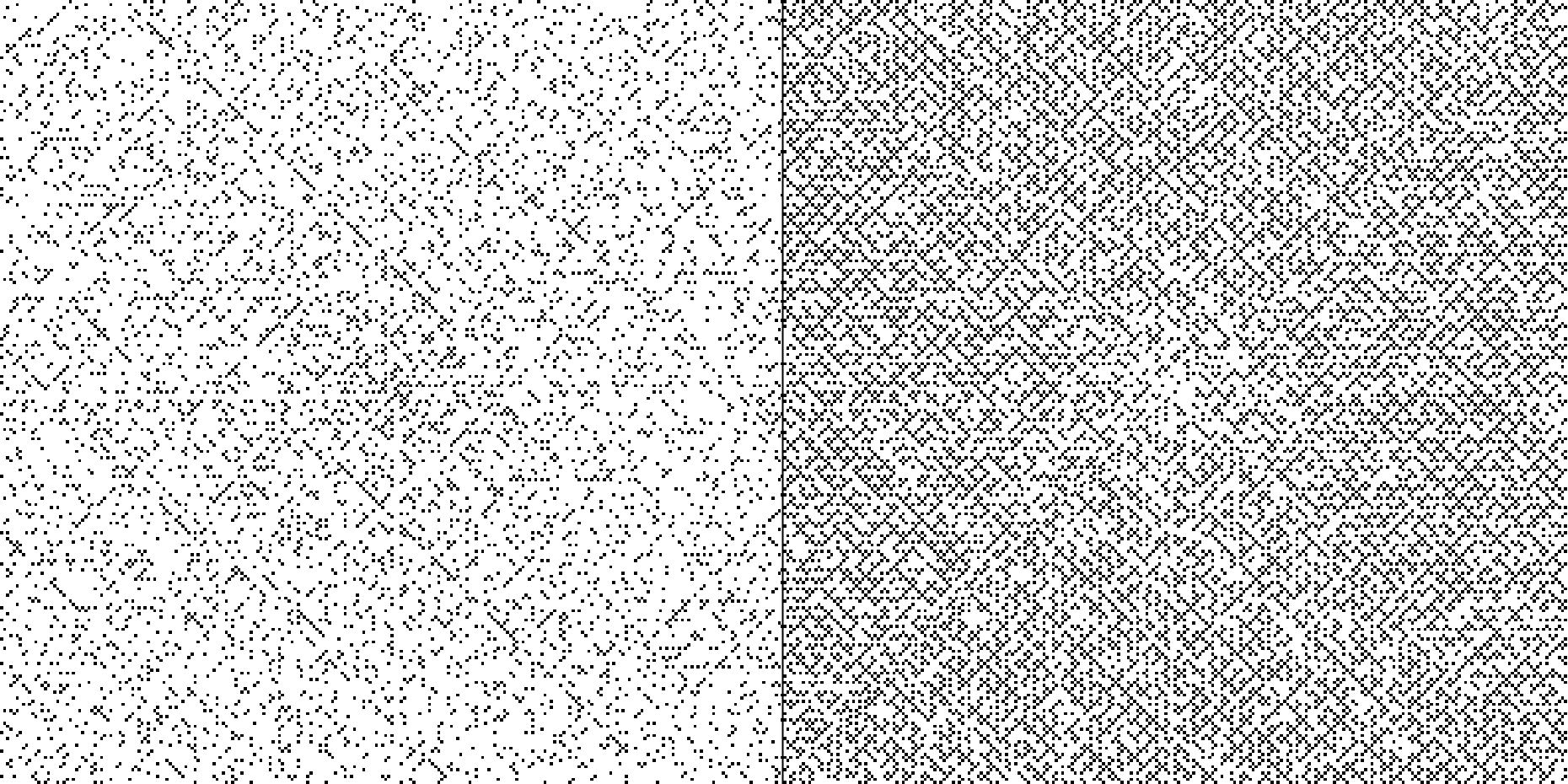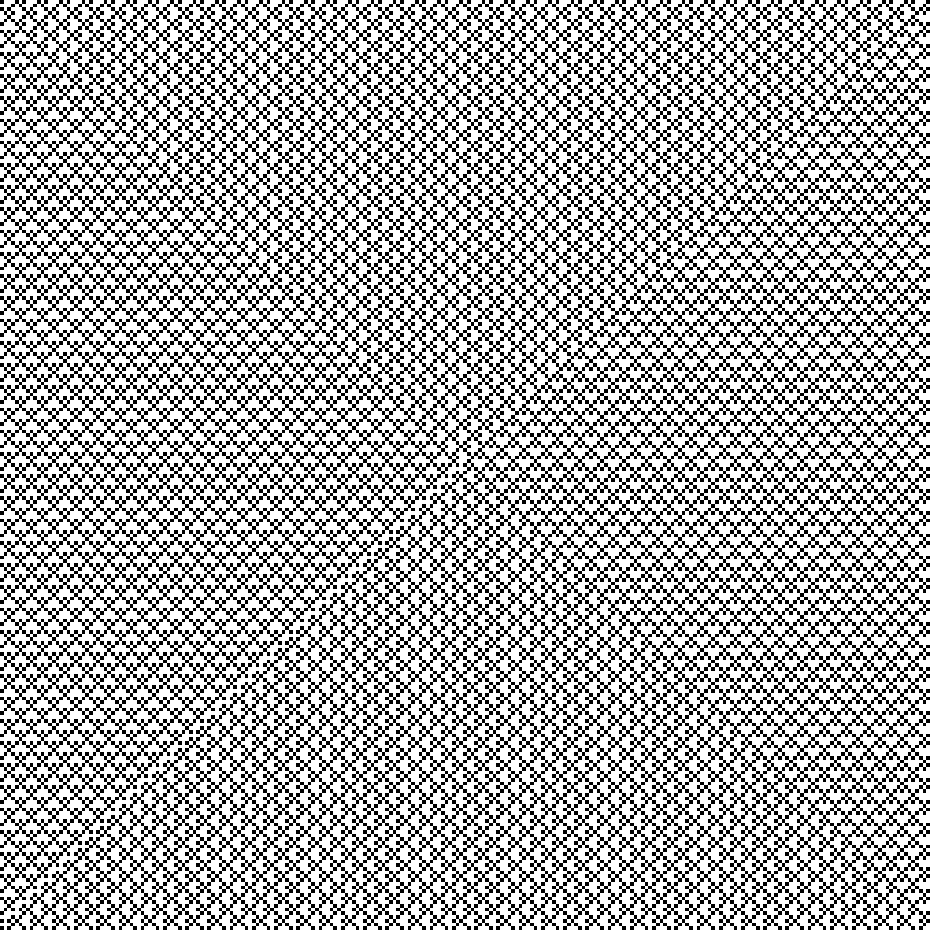Anyone who is interested in mathematics has probably heard about prime numbers, but almost no one analyzes these numbers in terms of their products and squares. As you have already read in the CODE OF PRIMES section , all prime numbers (except 2 and 3 ) always define formulas:
6n-1 oraz 6n+1 where n>0
{(6n-1), (6n+1) | n > 0}
These formulas, with additional appropriate assumptions, eliminate 73.33% of all natural numbers that cannot be prime numbers. As a strong argument, I will add that 50% of the numbers in the Fibonacci sequence also belong to the formulas 6n+1 and 6n-1 . More in the FIBONACCI SEQUENCE section . In order to avoid misunderstandings, I emphasize that I am analyzing here the prime numbers and the near-prime numbers starting from the number 5 .
As I mentioned at the beginning, all prime numbers (from the number 5 ) always appear in the set of numbers from the formulas 6n+1 and 6n-1 . Of course, in order not to be so easy, these sets also contain near-prime numbers, i.e. products and squares of prime numbers (from 5 onwards ). The near-prime numbers also always appear only in these two sets and have the form:
(6n-1)*(6n-1), (6n+1)*(6n+1), (6n-1)*(6n+1) where n > 0
{(6n-1)*(6n-1), (6n+1)*(6n+1), (6n-1)*(6n+1) | n > 0}
Here we have some initial near-prime numbers written out:
25, 35, 49, 55, 65, 77, 85, 91, 95, 115, 119, 121, 125, 133, 143, 145, 155, 161, 169…
Ulam spiral
If we create an Ulam spiral and instead of prime numbers we mark near-prime numbers on it, we will get a very similar arrangement of their arrangement as in a typical Ulam spiral where prime numbers are marked. The only difference is that there are more near-primes numbers than primes numbers, as you can see below:

Let’s go a step further and superimpose the typical Ulam spiral with primes numbers on top of the spirals with near-primes numbers. We can see the effect below:

As you can see, we saw a symmetrical arrangement of the distribution of primes numbers and near-primes numbers. These numbers complement each other creating a repetitive structure. Therefore, we must conclude that the missing link in learning the code of prime numbers are the near-prime numbers, which in principle are an inseparable effect of the existence of prime numbers and at the same time their product. The occurrence of prime numbers is inextricably linked with the occurrence of near-primes numbers.
Let us note that all cryptography as we know it, i.e. the RSA algorithm, is based on prime and near-prime numbers. Every n value of the public key is just a near-prime number. As customers of e.g. a bank, we only have access to the public key, which includes, among others: the value of n that allows us to access the bank account. However, a factored public value of n would allow hackers to gain access to the bank’s private key. I must emphasize here that there is an unpatchable security hole that allows the value of n to be factored without physically factoring it. More in the RSA section .
The laws of our universe may be similarly protected, and in order to at least try to decipher a substitute for what we should never know or understand, we must be able to extract from the laws of nature, genetics, mathematics, computer science, physics or chemistry these symbolic “n values”, i.e. the discussed near-prime numbers.
The occurrence, among others, of the zeros of the Riemann function and the distribution of energy levels in heavy atomic nuclei can be strongly dependent not only on prime numbers as commonly believed, but also on near-prime numbers. Therefore, the scientific community should consider near-prime numbers as equally important as prime numbers.
